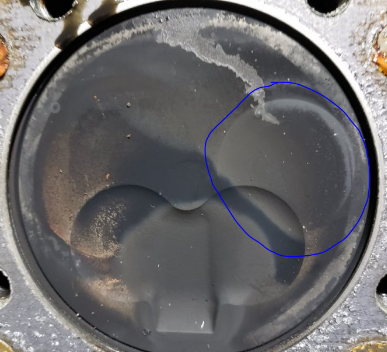SnowDrift
Ultra Conservative. ULTRA!
I have this Optimizer block, not a P400, so I'm not going for crazy numbers. If I was going to swing for the +$1700 forged crank, then I might want to push my luck. I guess 1.5 ratio is the stock configuration. TSP is using a mixed ratio on his P400. Others have used 1.6. How should I determine what ratio I'm going to want to use?

